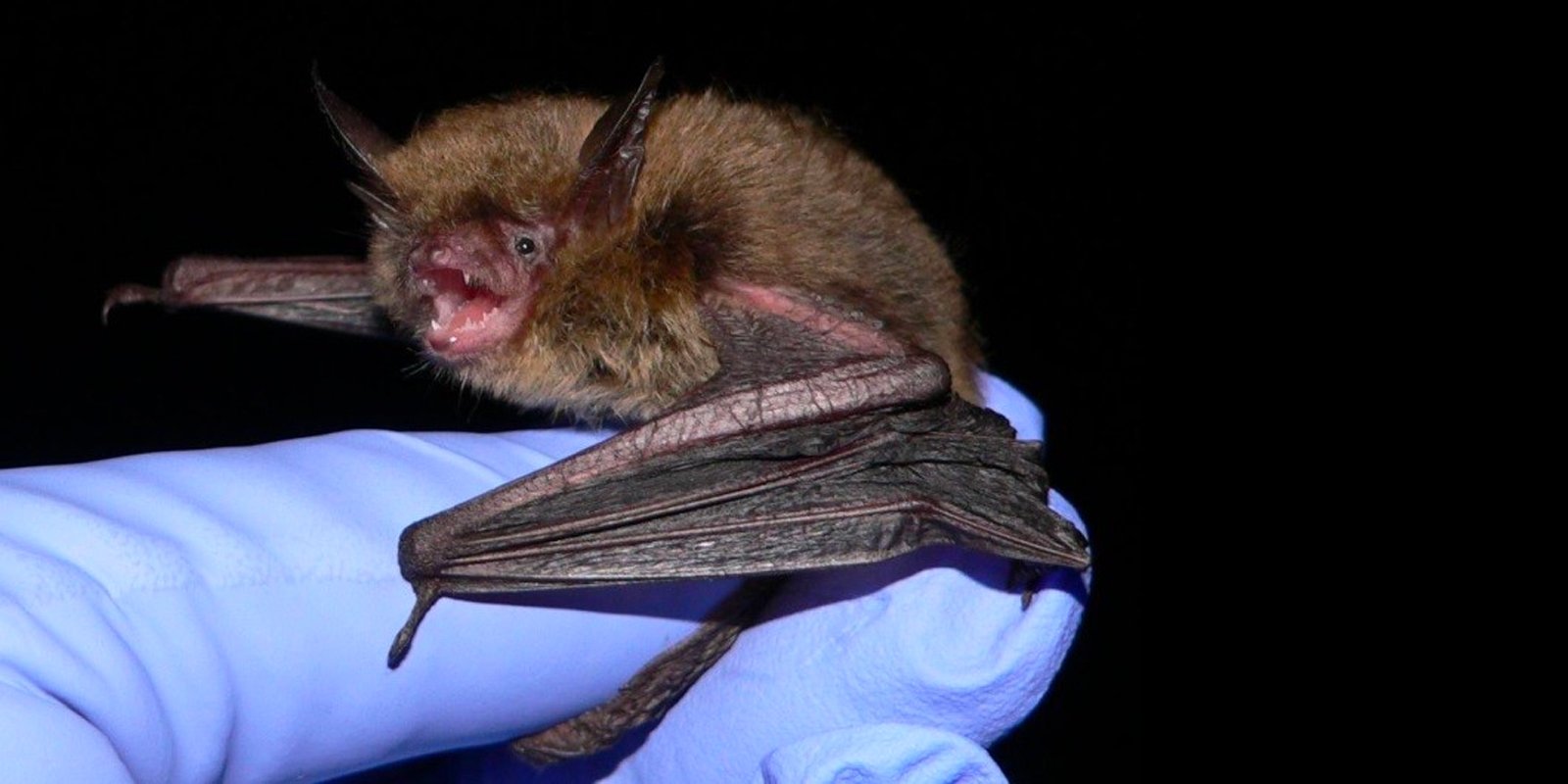2 min read
Additional ESA Protections Possible for Northern Long-eared Bat
![]() Transect Team
:
Jan 31, 2020
Transect Team
:
Jan 31, 2020

Listen to the audio version
This week, a federal judge overturned the threatened status of the northern long-eared bat (NLEB) and ordered United States Fish and Wildlife Service (USFWS) to make a new listing decision.
NLEB as a Threatened Species
NLEB Habitat
The Northern long-eared bat (Myotis septentrionalis) is a cave-dwelling, medium sized bat with a known range covering 37 eastern U.S. states and eight provinces in North America. They spend most of the year in forested areas, inhabiting a variety of tree species and roosting and both alive and dead trees. Many will roost in caves or typically abandoned mines. These bats are identified primarily by their ears which are much longer than other bat populations. The NLEB can be found eating insects and possibly hanging out on your project site.
NLEB Listed as Endangered
Following rapid population decline due to a deadly fungus called white-nose syndrome, the United States Fish and Wildlife Service listed the bat species as threatened under the Endangered Species Act (ESA) in 2015, with a final 4(d) rule published in 2016. A “threatened” status under the ESA means that the species will likely become an endangered species in the foreseeable future throughout its range. A “4(d) rule” is a tool for threatened species that USFWS can use to provide flexibility by allowing some activities that do not harm the species to continue while focusing on “take” (impact) prohibitions in areas that are most sensitive to species recovery.
Northern Long-eared Bat 4 d rule
For the NLEB, the final 4(d) rule enforces take prohibitions ONLY in the following situations:
-
Areas affected by white-nose syndrome AND
-
Projects within a hibernaculum (cave or mine) OR the project involves tree removal within 0.25 miles of a known hibernaculum, OR the project involves tree removal within 150 feet
There are no take prohibitions for projects that do not meet these requirements. As the 4(d) rule applies in such limited instances, most proposed projects in the NLEB range do not need to consider effects on NLEB.
Ruling On Protection for Bats
The federal judge’s Memorandum Opinion provides several reasons for the ruling, describing that the USFWS decision to list NLEB was not based on the best available data and did not consider cumulative effects. Additionally, the judge claimed that USFWS violated public notice and comment requirements and did not adequately analyze the bat species status within the “significant portion of the range.”
In conclusion, the ruling requires USFWS to make a new listing decision consistent with the Memorandum Opinion and leaves the threatened listing in place.
NLEB Habitat and Project Impacts
As long as the northern bats are listed as threatened with a 4(d) rule, most projects in the NLEB range are not required to consider impacts to the bat unless they meet one of the 4(d) rule criteria listed above. If, as a result of this order, USFWS elevates NLEB to endangered, then the 4(d) rule will no longer apply, and a new requirement to consider the impacts on NLEB will exist across the entire range.
For example, the endangered Indiana bat is in the same geographic range as NLEB. The removal of almost every tree greater than 3 inches in diameter needs to be considered for impacts on the Indiana bat species. If NLEB receives an endangered status, proposed projects in the NLEB range could warrant similar consideration. A timeline for the re-evaluation of the status of NLEB is unknown.
We recommend using an endangered species map or hiring a savvy environmental consultant to manage your project risk as regulations and environmental permitting requirements like these constantly change. Natural resources are thoroughly protected, but they don’t have to be deal killers. You can know if a northern bat or other protected feature shows up on your site with proper environmental due diligence!
UPDATE: Status Change for the Northern Bat
On March 22, 2022, USFWS announced a proposal to list these North American bats as endangered. The northern myotis is currently a threatened species, but white-nose syndrome continues to harm myotis bats. As the future of the northern bats is in limbo, many conservationists continue to push for their protection.
